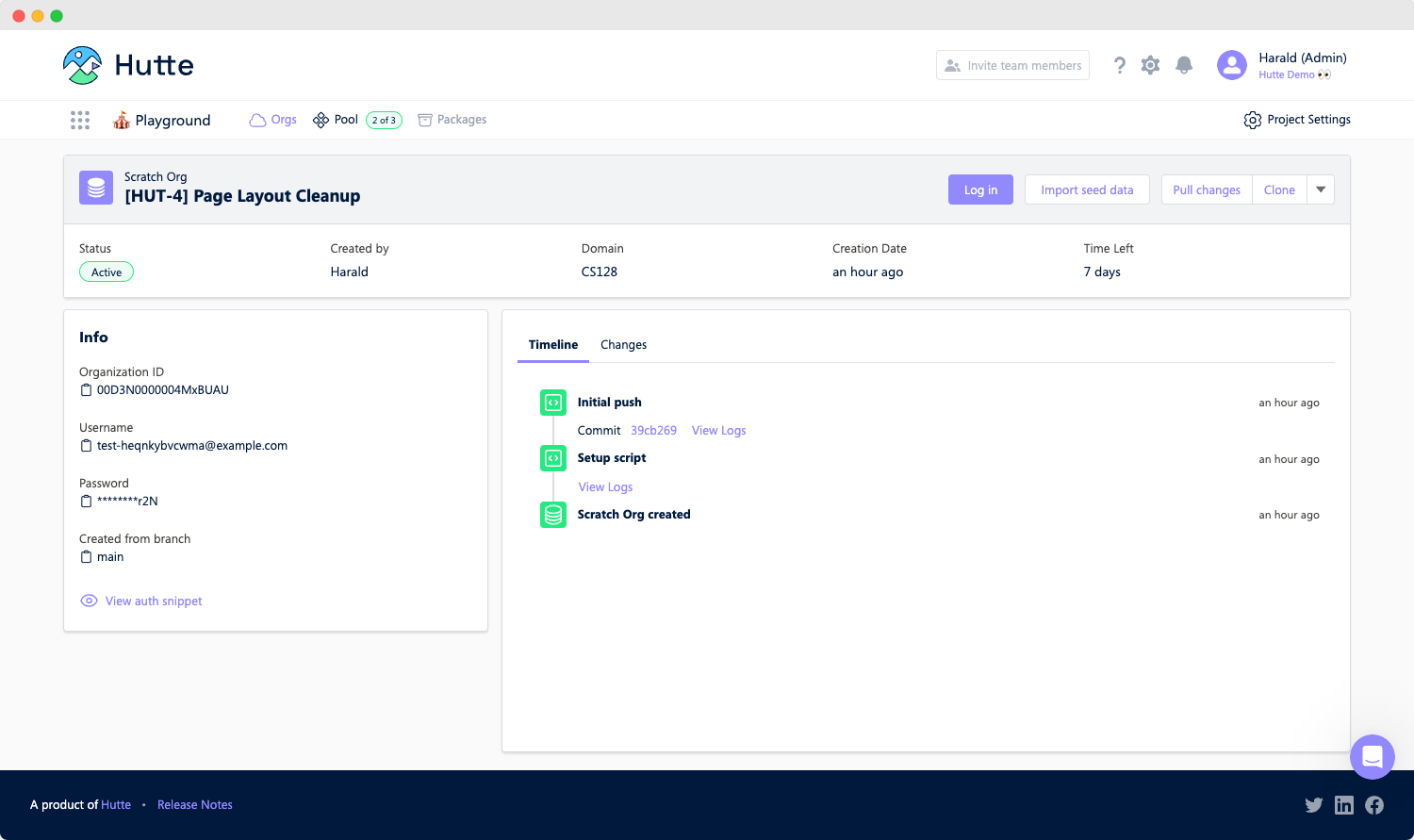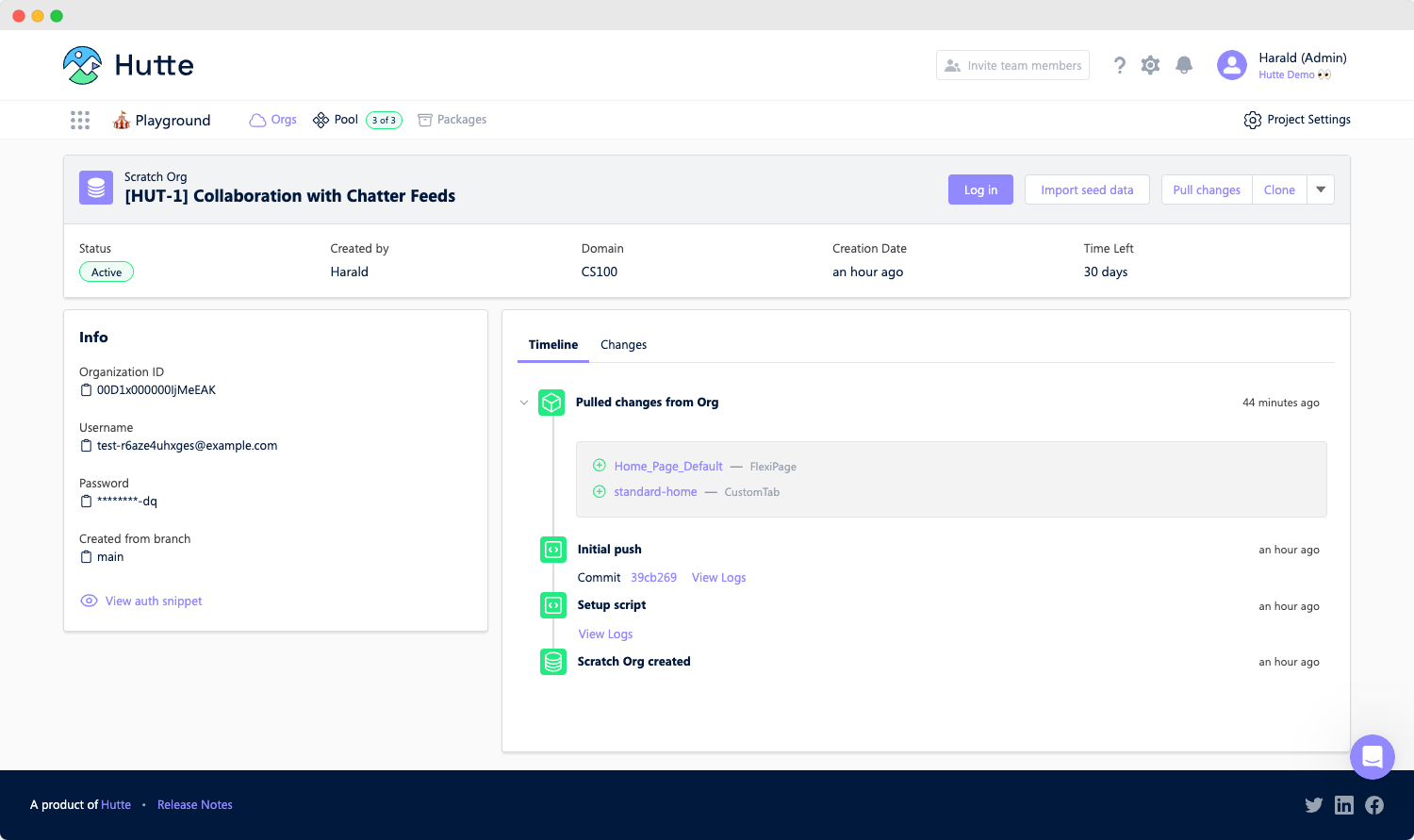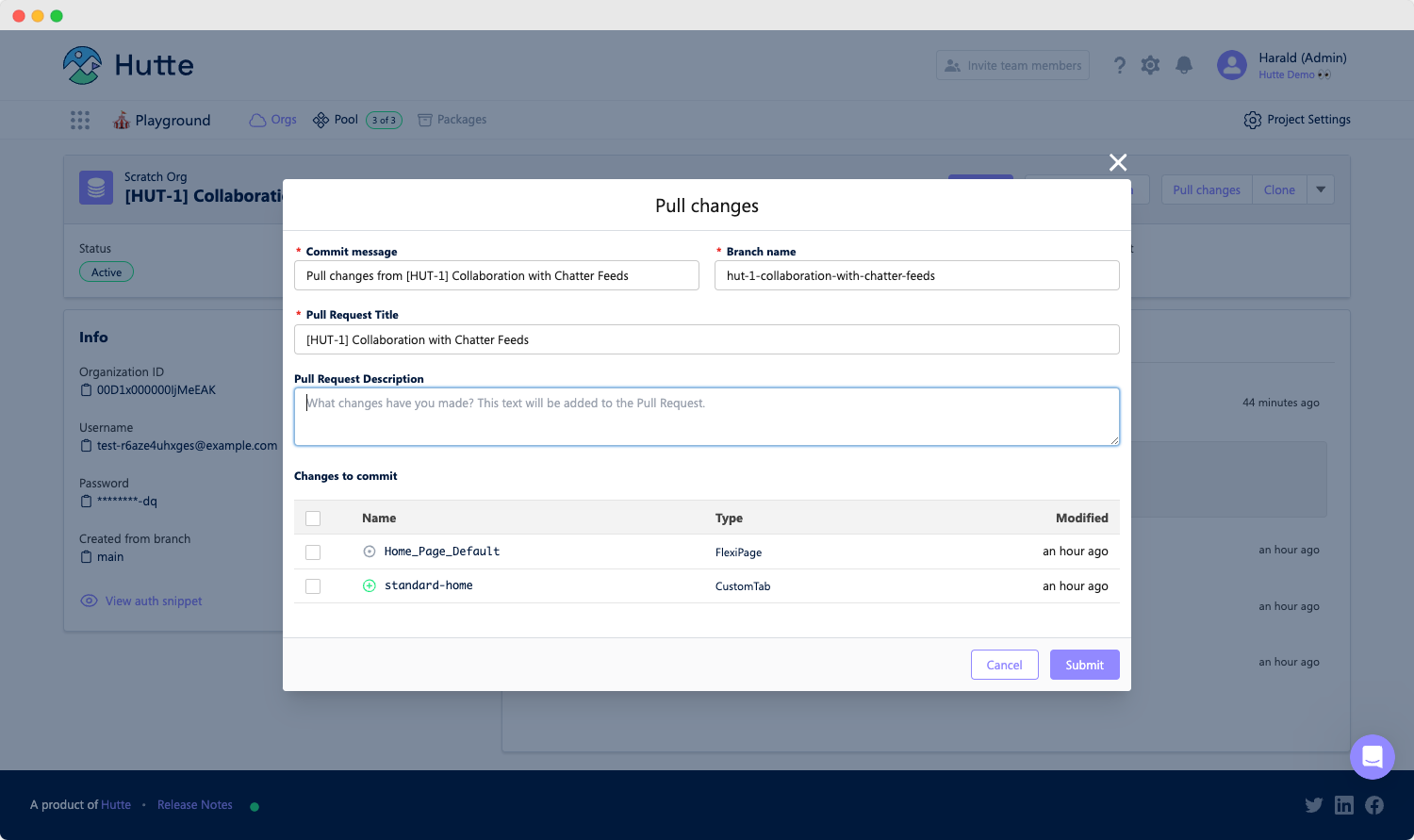Web UI to SFDX: how to embrace Git-based development visually
The SFDX CLI allows developers to manage Salesforce applications and metadata using text commands instead of using the Salesforce user interface.

Table of contents
Hutte Expert Panel
Here are the experts we collaborated with to bring you unique insights.
Article Highlights
- Hutte significantly reduces the complexity of managing Salesforce applications by offering a visual interface, eliminating the need for command-line interactions.
- Metadata insights are provided in detail through differentiated comparison views, highlighting changes at the field, object, and configuration levels, allowing for a granular understanding of Salesforce modifications.
- Integration with CI/CD pipelines enables seamless deployment and rollbacks, with metadata versioning creating an efficient and traceable development cycle that benefits teams working collaboratively on Salesforce projects.
Web UI to SFDX comes with limitations, including the following:
- A steep learning curve for developers who are new to command-line interfaces
- The potential for errors when using complex commands
- The need to manually manage dependencies and configurations
- Reliance on an internet connection may affect performance in areas with poor connectivity
- The bottleneck of a slow usage performance and limited collaboration within Salesforce product teams
- Some developers may prefer the convenience and visual interface of the Salesforce user interface.
How Hutte unlocks the full potential of SFDX
With Hutte, you don’t need to install or learn Git, as Hutte’s UI already has integrated recipes on Git hosting tools. You can also view the changes you made from these hosting providers.
There is no need to reproduce this data as everything is generated and integrated with Hutte.
To get a first-hand feel of how Hutte works, start your free 30-day trial or check out our demo below.
Look at how you can visually utilize SFDX Git development with Hutte.
Take a scratch org from the pool
Once you have created a Hutte account with us, you will start from a new environment by taking a scratch org from the pool. You can name your org referencing the issue tracking system you use (such as Hutte’s Jira plugin). Once you’ve named the org, your environment will be in place.


Create new metadata and execute changes
You can create new SFDX metadata in your org, such as an Apex class.
In this instance, you add your logic to the Apex class and save it. This now becomes an addition to your environment.
- To create a change, you will go to “Setup.” You will then select “Object Manager.” This is where the data model lives
- You will then open up a custom object
- You can make any change you desire with access to the data model. To implement a change to a field, for example, you will select “Field & Relationships”
- Once you have made your change, you will save it. You will go to the “Changes” tab to view your changes.

In this example, the changes had the following impact on the org:
- “MyClass” was added
- The admin profile was touched by adding a new class
- The field change was added.
You can pull changes

From here, you can describe what you have done and select what you want to include from the changes you committed.
You will then click on “Submit.” This will create your SFDX pull request, and your changes will get added to Git.
No more technical steps required
For example, the conventional way of using SFDX Web UI or the Git command-line tool requires more technical steps, which may be complicated for no-code users.

Hutte is truly one of the best tools that we use. Product owners, Salesforce solution architects, business analysts — anyone on our team can easily and visually accomplish the tasks that would otherwise take a lot of clicks, time, and coding.




